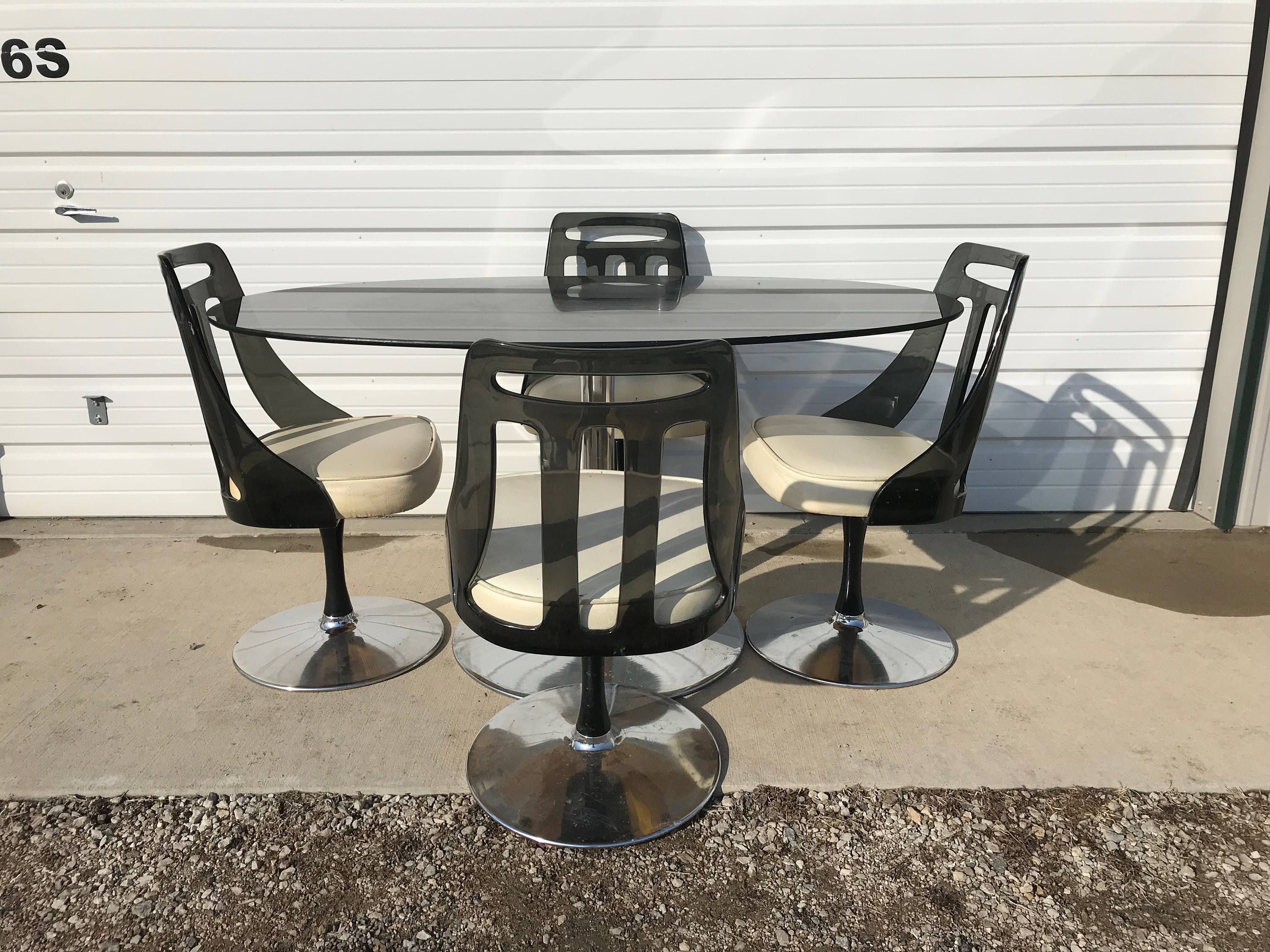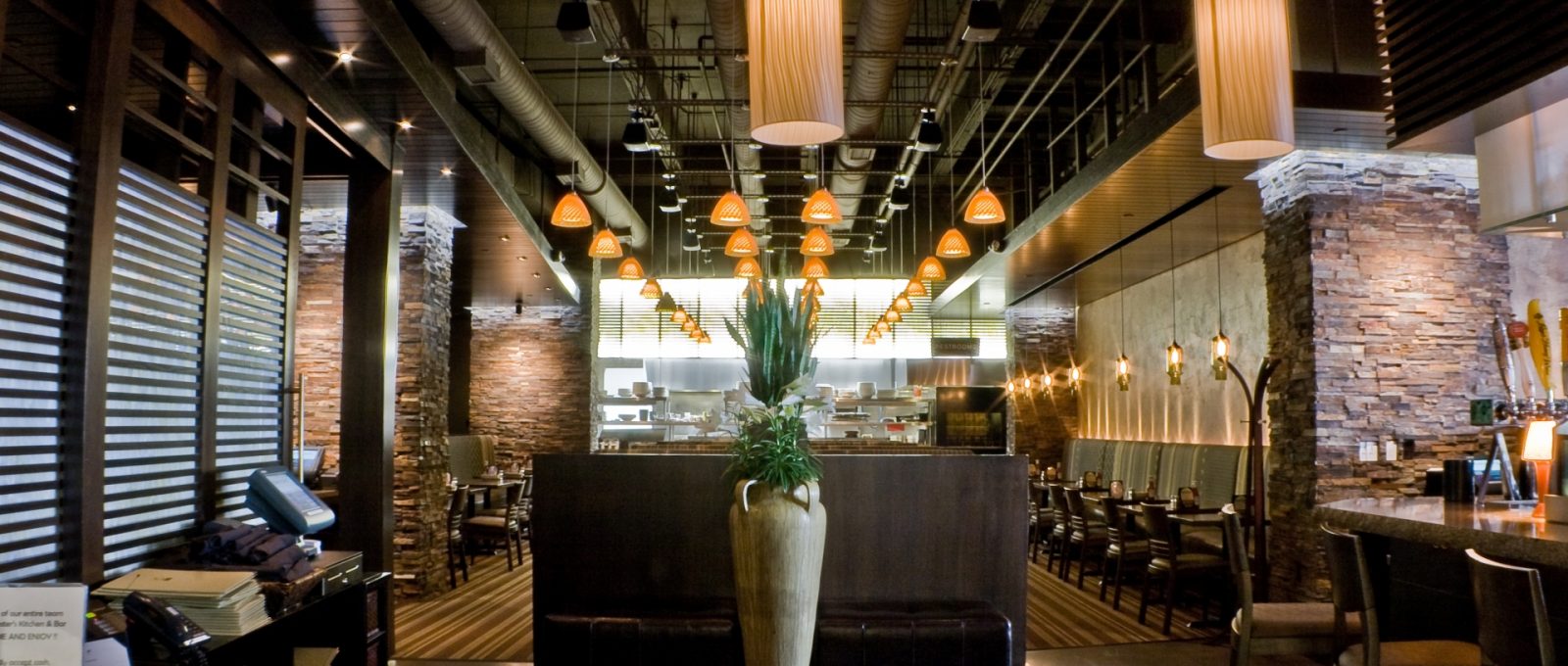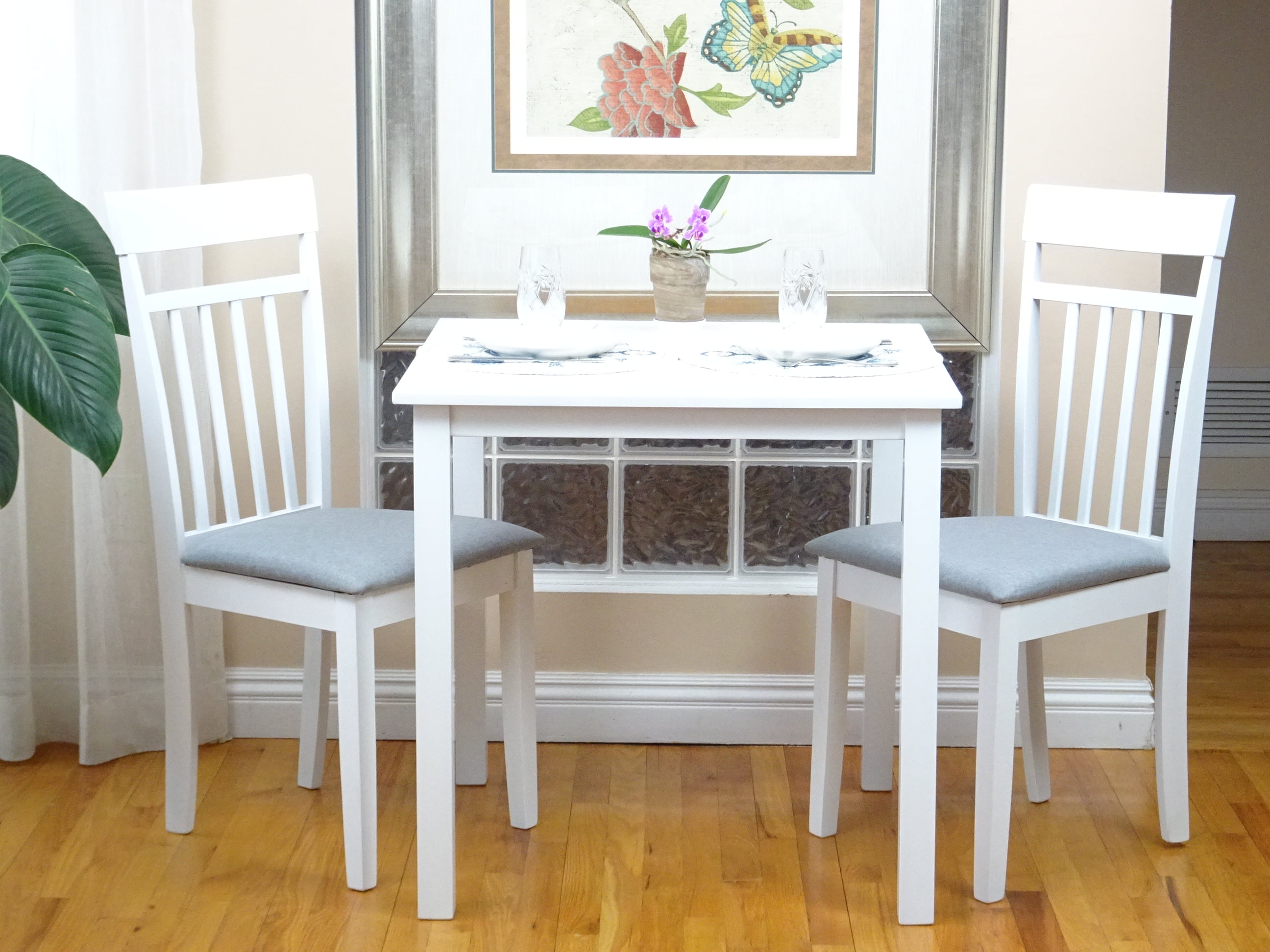Ergonomic Kitchen Design is all about making your kitchen more functional, comfortable and accessible. From ergonomic stools and countertops to smart cabinet storage solutions, there are many design elements that can assist in creating a practical and comfortable kitchen. Here are 10 tips to help you create an ergonomic kitchen design that will make cooking and prepping in your kitchen a pleasure. 1. Invest in Ergonomic Countertops – Countertops are one of the most important elements in the kitchen. An ergonomic kitchen design should incorporate comfortable and user-friendly countertop materials. Consider investing in stone or granite countertops for their durable design and stylish looks. Or, go for an easy-to-maintain laminate option. 2. Get the Right Cabinet Height – Cabinets are one of the most essential elements of a kitchen and it’s important to get the right height for them. Invest in cabinets that are designed to make prepping and storing easier and more comfortable. Wall-mounted cabinets, spice racks, and open shelves are all great options. 3. Choose an Ergonomic Sink – Sinks are a must-have for any kitchen, and you should opt for one that is designed to be comfortable and efficient. An undermount sink is great for easy cleaning, while a corner sink with a deep bowl can provide more space for activities like washing dishes and food prepping. 4. Widen Spaces With Pull-Out Cabinets – Pull-out cabinets are a great way to create more space in a kitchen. They allow you to instantly access ingredients, utensils, and cookware with ease, and they provide you with a neat organizational solution. Plus, they are super-easy to install and customize. 5. Invest in Ergonomic Stools and Chairs – Kitchen stools and chairs can make all the difference in your kitchen's comfort and design. Choose chairs with supportive arm rests and back supports made of high quality materials that provide comfort as well as style. When planning your designs, consider the height of your meals and countertops as well. 6. Utilize Smart Storage Solutions – Smart storage solutions help keep your kitchen free from clutter and mess. Get creative with your solutions, such as in-cabinet dividers, pull-out trash cans, and wall-mounted pot and pan organizers. This will help make every element of your kitchen more organized and easier to find. 7. Purchase Energy-Efficient Appliances – Smart appliances are a great addition to any ergonomic kitchen design. Not only do they look great, but they are also more energy efficient. Choose appliances that are designed to provide precision temperatures and settings. 8. Include Ample Lighting – With an ergonomic design, proper lighting is key. Place lighting in key areas such as on the countertops, in the pantry, near the sink, and near the stovetop. Try mixing natural and artificial light for the best effect. 9. Don’t Forget About Backsplashes – Aligning backsplashes with the countertop materials adds a finishing touch to any kitchen. Backsplashes also provide protection against water damage, as well as serve as a decorative element. Choose from ceramic, stone, glass, or other types of material for your backsplash. 10. Consider Natural Materials – Incorporating natural materials into your kitchen can help make it appear more relaxing and inviting. For instance, adding wood elements, such as butcher blocks, can add warmth, and stone accents can create a cool and calming atmosphere. 10 Ergonomic Kitchen Design Tips for a Practical Cooking Space
Creating an ergonomic kitchen design can help you to create an enjoyable and user-friendly kitchen. Here are seven ideas to help you achieve maximum comfort and efficiency when connecting style to substance. 1. Use Functional Furniture – Furniture such as kitchen islands can help bring efficiency to even the tightest spaces. They provide enough storage for pots and pans to get them out of your way, and provide a space for extra seating. Additionally, islands can help divide a kitchen into a work area and a dining area. 2. Install Wall-Mounted Shelving – Wall-mounted shelves are a great way to store and display kitchen items out of the way. Choose a location where they will be easy to access and don’t take up too much space. Place items on the shelves and utilize them for decorative elements. 3. Utilize Smart Appliance Layouts – Installing appliances in an intelligent way can help make your kitchen more functional and efficient. Place them in the natural path of work traffic and make sure there is adequate countertop space and any electrical outlets needed for the appliances. 4. Go for Task Lighting – Poor lighting can make it difficult to work in the kitchen, and task lighting, such as under-cabinet lighting, can make it easier to utilize all angles of the kitchen. Make sure to place the fixtures throughout the kitchen for an even spread of light. 5. Choose an Ergonomic Heating System – You’ll want to make sure that your kitchen is warm and inviting. Invest in an ergonomic heating system that is not only efficient in terms of energy use, but also easy to install and use. 6. Take Advantage of Vertical Storage – Utilizing vertical space in the kitchen is key to creating a more organized and functional kitchen. Invest in wall-mounted racks, shelving, and baskets. This will also help create space in your kitchen cabinets and drawers. 7. Maximize Space With Corner Cabinets – If you’re short on space, corner cabinets are the answer. They can provide extra storage and make it easier to access things on higher shelves. Plus, they save space by avoiding a walkway in the corner.7 Ergonomic Kitchen Design Ideas For Maximum Comfort & Efficiency
An ergonomic kitchen design can make cooking, prepping, and cleaning up easier and more enjoyable. Here, we’ll look at 10 tips to create a user-friendly cooking space. 1. Make Sure That You Put Comfort First – An ergonomic kitchen should put comfort first. Think about where you’ll be standing the most when cooking and install countertops and other surfaces at comfortable heights. Also, add cushioned rugs to standing areas to provide extra comfort. 2. Incorporate Smart Storage Solutions – Utilizing smart storage solutions is key in an ergonomic kitchen design. Invest in extra drawers, shelves, and cabinets to make kitchen items easier to access. Consider pull-outs, in-cabinet dividers, and clever corner shelves to maximize storage. 3. Prioritize Prep Space – Make sure that you have enough prep space to make cooking as efficient as possible. Installing an island or adding an extra open shelf will provide more room to chop, mix, and assemble. 4. Utilize Wall-Mounted Cabinets – Cabinets that are mounted on the wall are an excellent way to utilize vertical storage and display decorative items. If you’re short on space, these cabinets can help you create a more organized and efficient kitchen. 5. Research Ergonomic Countertops – You’ll want to select countertops that are comfortable to use. To do this, be sure to research the advantages and disadvantages of each surface material. See which materials are most heat resistant and easiest to clean before making your selection. 6. Consider Pull-Out Basket Drawers – Pull-out baskets are a great way to help organize kitchen items such as spices, condiments, and ingredients. They make it easier to quickly access items when cooking, as opposed to rummaging through drawers and cupboards. 7. Choose Ergonomic Lighting Fixtures – Installing the right light fixtures in the kitchen is essential to creating an ergonomic design. Choose light fixtures that have adjustable arms to make it easier to illuminate certain areas of the kitchen, such as the cupboards or countertops. 8. Put a Focus on Playful Color – Color can bring incredible style and flair to an ergonomic kitchen design. For maximum comfort, go for calming colors, such as pastels and earthy hues. Be sure to pick colors that will make it easier to spot items that you need. 9. Stop Unnecessary Litter – Reduce the likelihood of items getting in the way with efficient storage solutions. Invest in stackable containers and dedicated cabinets to keep everything neat and tidy. You may also want to invest in a lid holder so that cooking utensils, bowls, and other items are easy to spot. 10. Purchase Energy-Efficient Appliances – Not only are energy-efficient appliances good for the environment, but they can also help reduce energy bills. Choose from high-efficiency ovens and cook tops, dishwashers, and refrigerators for an affordable, smart, and ergonomic kitchen solution.10 Ergonomic Kitchen Design Tips for a User-Friendly Cooking Space
Making your kitchen into a practical, comfortable, and user-friendly space is easy with the right design elements in place. Here, we’ll look at 13 ergonomic kitchen design ideas to make cooking easier. 1. Invest in Ergonomic Chairs – When designing your kitchen, it’s important to invest in comfortable chairs. Choose chairs with armrests and plenty of back support, and make sure that the height of the chairs is right for your countertops. 2. Pick the Right Sink – Consider investing in an undermount sink for easy cleaning, or opt for a corner sink to maximize the area's efficiency. Make sure the sink is the right size for the countertop and also big enough to fit larger items with ease. 3. Utilize Smart Lighting – Smart lighting is key to having an efficient kitchen. Place lights in key areas such as the countertop and around the sink and stovetop. Don’t forget to mix natural and artificial lighting for the best effect. 4. Add Pull-Out Cabinets – Pull-out cabinets are great for keeping items organized and out of the way. Utilize shelves, dividers, and baskets to make it easier to access items, and invest in corner cabinets if you’re short on space. 5. Utilize Wooden Elements – Adding wooden elements like butcher blocks to your kitchen can create a lush and inviting atmosphere. They also provide great countertop space for food prep and cooking. 6. Take Advantage of Wall-Mounted Shelving – Wall-mounted shelves are a great way to add decorative elements to your kitchen while also providing storage space. Utilize them for cookbooks, spices, and anything else that you want to organize. 7. Select Heat-Resistant Countertops – When selecting countertops, it’s important to choose materials that are resistant to heat and scratches. Stone and granite are great options, as they are durable and look great. Laminate countertops are also an affordable option. 8. Utilize Natural Materials – Adding natural materials to your kitchen is a great way to make the space feel warm and inviting. Incorporate wicker baskets, glass terrariums, and house plants for an added touch of nature. 9. Stay Hygienic With Backsplashes – Installing backsplashes helps protect walls from water damage and adds a finishing touch to any kitchen. Opt for stones, tiles, and other natural materials to create a more aesthetic look. 10. Get Creative With Storage Options – Utilize the vertical storage space in your kitchen to maximize efficiency. Try using peg boards, magnetic racks, and wall-mounted organizers for a unique way to store sponges, knives, and other items. 11. Incorporate Heat-Friendly Work Surfaces – Installing heat-friendly work surfaces makes cooking and prepping even easier. Look for surfaces that are heat resistant and easy to clean, such as arborite, stainless steel, and wood. 12. Plan for Maximum Comfort – Thinking about your workflow and cooking duties can help create a more comfortable and efficient kitchen. Consider how you move around the kitchen when prepping, cooking, and cleaning. 13. Get Smart With Appliances – Smart and energy-efficient appliances can make meals easy to prepare and cleanup less of a chore. Opt for an oven that provides precision temperatures, as well as a dishwasher to save energy.13 Ergonomic Kitchen Design Ideas To Make Cooking Easier
When planning your ergonomic kitchen design, it’s important to think about both style and substance. Here are 13 examples of stylish and user-friendly kitchen spaces. 1. A Sleek and Stylish Kitchen – An all-white kitchen with sleek stainless steel appliances is both eye-catching and user-friendly. Choose a countertop material that is resistant to scratches and incorporate a deep sink for easy food preparation. 2. An Industrial Kitchen – An industrial kitchen creates an open, airy look and feel with its high ceilings and black and white accents. Utilize stainless steel cabinets, countertops, and appliances for the best look. 3. A Traditional and Rustic Kitchen – For a timeless and inviting design, opt for a traditional and rustic design. Incorporate wooden cabinetry, large farmhouse sinks, and farmer's stools for an authentic look. 4. Utilize Pantry Space – Make the most of pantry space by utilizing pull-out cabinets and drawers to store food and ingredients. Utilize the space to store pots, pans, and other kitchen items as well.13 Examples Of Stylish Ergonomic Kitchen Design
Improving Kitchen Comfort with Ergonomic Kitchen Design
 Ergonomics is the study of perfecting a workspace to maximize productivity and wellness. An
ergonomic kitchen design
is an important step to ensuring that your cooking and prep environment is comfortable, safe, and efficient. From countertop heights to seating arrangements, an ergonomic kitchen layout can help make cooking and food preparation as comfortable as possible.
Ergonomics is the study of perfecting a workspace to maximize productivity and wellness. An
ergonomic kitchen design
is an important step to ensuring that your cooking and prep environment is comfortable, safe, and efficient. From countertop heights to seating arrangements, an ergonomic kitchen layout can help make cooking and food preparation as comfortable as possible.
Adjusting Countertop Heights for Comfort
 Countertop heights vary from person to person and often left to personal preference. An ideal
ergonomic kitchen design
, however, would move away from a purely aesthetic plan and take into account individual ergonomic needs. It’s important to adjust your countertop height to maximize comfort while chopping vegetables, washing dishes, and other kitchen tasks. Generally speaking, a countertop height of 36 to 40 inches is comfortable for the average user.
Countertop heights vary from person to person and often left to personal preference. An ideal
ergonomic kitchen design
, however, would move away from a purely aesthetic plan and take into account individual ergonomic needs. It’s important to adjust your countertop height to maximize comfort while chopping vegetables, washing dishes, and other kitchen tasks. Generally speaking, a countertop height of 36 to 40 inches is comfortable for the average user.
Task Specific Cabinetry for Accessibility
 An ergonomic kitchen should be designed to allow efficient movement and reduce the amount of time and effort necessary to use it. A task specific
kitchen design
, for example, would feature cabinetry configurations that are positioned to suit particular tasks and make everything conveniently accessible. Specifically designed kitchen cabinetry will reduce the amount of time spent hunting for things in the kitchen, which can lead to better efficiency and fewer aches and pains for the user.
An ergonomic kitchen should be designed to allow efficient movement and reduce the amount of time and effort necessary to use it. A task specific
kitchen design
, for example, would feature cabinetry configurations that are positioned to suit particular tasks and make everything conveniently accessible. Specifically designed kitchen cabinetry will reduce the amount of time spent hunting for things in the kitchen, which can lead to better efficiency and fewer aches and pains for the user.
Smart Seating Arrangements
 The way you set up seating in your kitchen has a huge impact on its overall
ergonomics
. Seating should be designed to place user’s eyes level with the countertops in order to reduce fatigue and back pain over time. Built-in seating is ideal in an ergonomic kitchen, as it allows for ample support throughout your convections. Coupled with adjustable counter heights, comfortable seating can help prevent a wide variety of physical discomforts.
The way you set up seating in your kitchen has a huge impact on its overall
ergonomics
. Seating should be designed to place user’s eyes level with the countertops in order to reduce fatigue and back pain over time. Built-in seating is ideal in an ergonomic kitchen, as it allows for ample support throughout your convections. Coupled with adjustable counter heights, comfortable seating can help prevent a wide variety of physical discomforts.












































